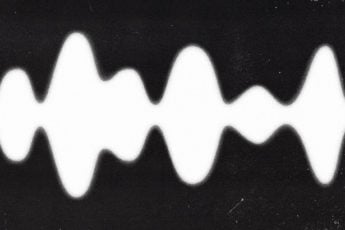Learn about what the Haas effect (also known as the precedence effect) is, its unique history, and how to apply it in your music.
-
In this comprehensive guide, learn about what the Doppler effect is, where it’s heard in the world around us, and common misconceptions to be aware of.
Learn about what a spectrogram is, how to read one, and the unique findings it can uncover about your audio.
Learn about the various claims that surround 432 Hz, their validity, and how to create music using any tuning standard of your choice.
Learn about what binaural audio is, how it works, and why it’s a technique that’s gaining popularity across different musical (and non-musical) contexts.
Learn about the Shepard tone, a popular auditory illusion that tricks your brain into thinking a sound is always rising or falling in pitch.
Learn how dithering can help enhance the sound of your digital audio, despite the fact that it adds noise to the waveform.
We define what temporal induction is, demonstrate how you can experiment with the phenomenon in your DAW, and explore its underlying lesson for music producers.
Learn about how data sonification allows us to use sound to represent information at the forefront of research today.
We uncover the secrets of the phantom fundamental, a spooky audio illusion that has us hearing pitches that may not actually exist.
Taking care of your hearing is perhaps the single most important habit you can develop as a musician—here are five practices that can help you with that endeavor.
Let’s explore what harmonics and overtones are, how they constitute the very fabric of music, and how you can apply an understanding of them to your tracks.











